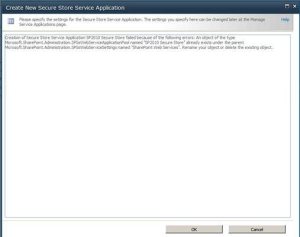If you plan to connect to SQL Server Analysis Services (SSAS) over the network using Excel, and your server uses Windows Firewall for protection, then you’re going to need to know how to open up Windows Firewall in order allow the connection.
Here’s how: http://msdn.microsoft.com/en-us/library/ms174937.aspx
If you try and connect without allowing such connections through the firewall, you will repeatedly get a message saying something along the lines of:
If you’ve opened up the firewall and you still see this error then I’d suggest checking your installed versions of MS OLE DB, MDAC and MSXML.





